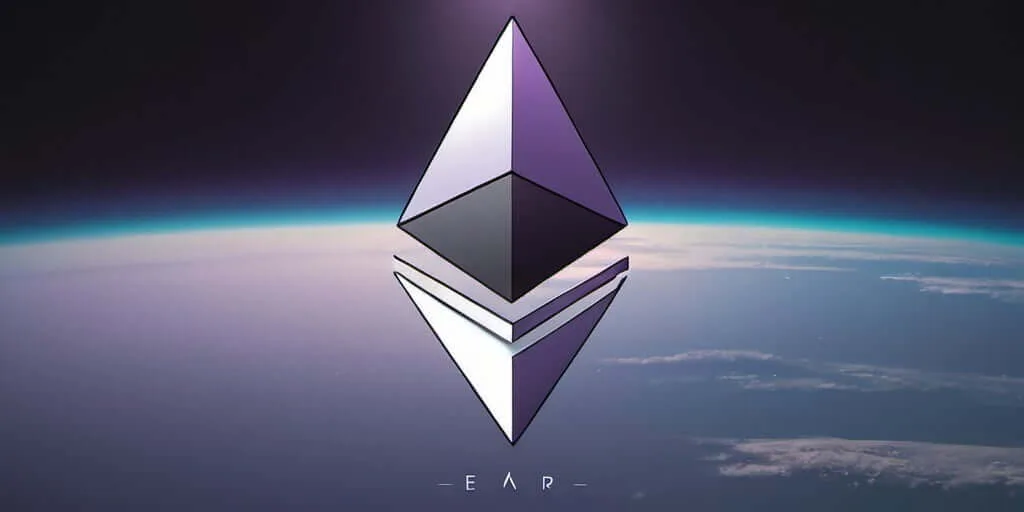Ethereum is known as a groundbreaking platform in the world of cryptocurrencies and blockchain technology. Founded by Vitalik Buterin in 2015, Ethereum emerged as a platform enabling the development of smart contracts and decentralized applications (DApps). Setting itself apart from other cryptocurrencies like Bitcoin, Ethereum’s notable feature lies in having a Turing-complete programming language (Solidity), allowing for a broader range of applications.
Past:
The origins of Ethereum trace back to a whitepaper written by Vitalik Buterin in 2013. Proposed initially in 2014, the project was funded through an Initial Coin Offering (ICO) that took place in 2015. The ICO introduced Ether (ETH), the cryptocurrency of the Ethereum community. Ethereum’s mainnet went live in July 2015.
One of Ethereum’s most significant features is smart contracts, which are self-executing contracts that automatically enforce and execute the terms of an agreement when predefined conditions are met. These have applications ranging from financial applications to voting systems.
Present:
Ethereum holds the position of the second-largest market cap in the cryptocurrency world and hosts a wide ecosystem. Towards the end of 2021, Ethereum began transitioning to a Proof of Stake (PoS) consensus mechanism with an upgrade called Ethereum 2.0. This aims to make the network more scalable and energy-efficient. However, this upgrade process may take time, and complete implementation might span over several years.
Ethereum-based applications like DeFi (Decentralized Finance) and NFTs (Non-Fungible Tokens) have gained popularity recently. DeFi offers decentralized versions of traditional financial services, while NFTs represent unique tokens for digital assets.
However, Ethereum’s current state faces challenges such as high transaction fees and scalability issues, which may cause discomfort for users and potentially drive them towards competing platforms.

Future:
The future of Ethereum is highly promising but also contains uncertainties. With the completion of Ethereum 2.0, an increase in scalability and energy efficiency is expected. This could open Ethereum to more users and applications.
The growth of DeFi and NFTs is expected to continue rapidly. However, with increasing competition, Ethereum will need to innovate continuously to maintain its leadership in these areas.
Moreover, with the broader acceptance of decentralized financial services (DeFi) and blockchain-based applications, Ethereum’s use in corporate and industrial applications may also increase.
In conclusion, the future of Ethereum looks bright, but technological developments and competitive conditions will shape its direction in the years to come.
